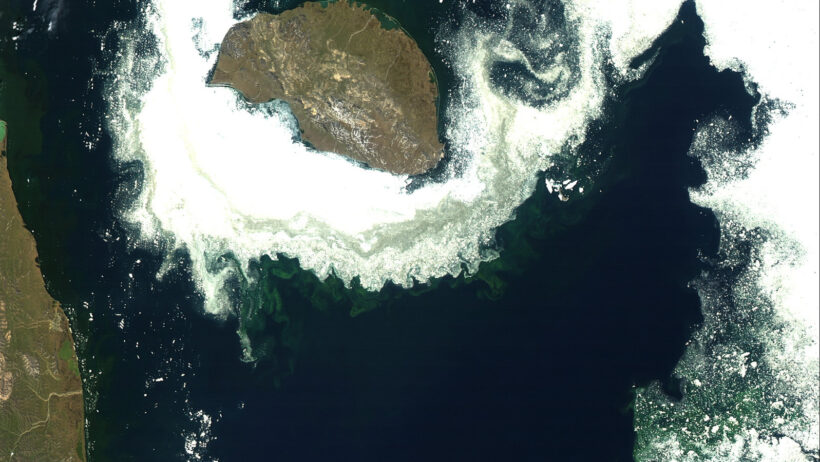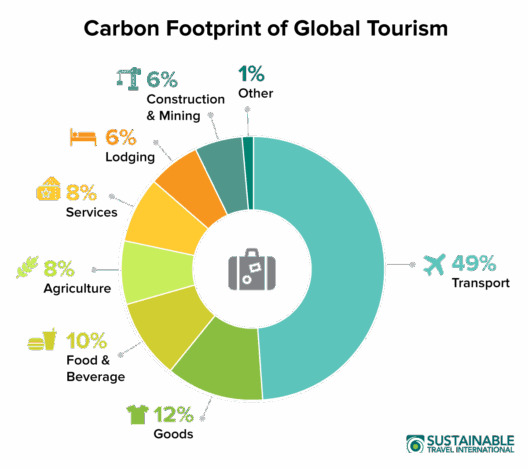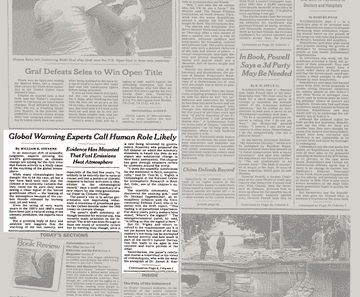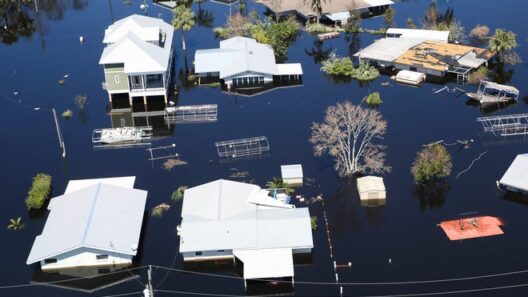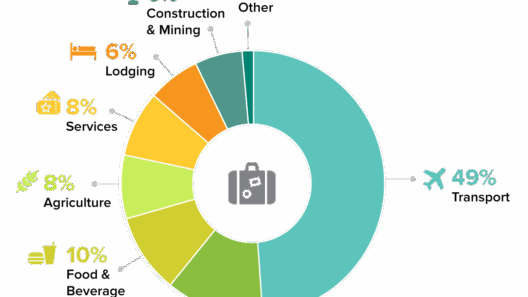Climate change is an omnipresent phenomenon, creeping into our lives and reshaping the seasons as we know them. The climate calendar, traditionally marked by distinct seasons, is becoming increasingly disarrayed. The nuanced intricacies of this transformation deserve thorough exploration. As global temperatures rise, we find ourselves amidst a perplexing conundrum: seasons are starting to lose their coherence. This dialectic demands our attention as the very rhythm of nature is being thrust into chaos.
First, let us examine the fundamental tenets of climate change. Central to this malaise is the relentless accumulation of greenhouse gases in Earth’s atmosphere. These nebulous molecules trap heat, thereby elevating global temperatures. As a consequence, the Earth’s climate system undergoes significant disruption. The seasons, which were once predictable and stable, now present an enigmatic puzzle that baffles scientists and laypeople alike.
Take, for instance, the traditional patterns of winter. Historically, winters have been characterized by cold temperatures and, in many regions, substantial snowfall. However, burgeoning evidence reveals that warming temperatures are leading to milder winters. Precipitation is increasingly falling as rain rather than snow. Such transformations have far-reaching repercussions, exacerbating the frequency and intensity of winter storms. The delicate balance of flora and fauna is being upset, with negative implications for ecosystems that depend on a reliable cold season.
Conversely, the warm embrace of spring appears to be arriving prematurely and extending later into what was once considered summer. This phenomenon is known as phenological shift—organisms are awakening from dormancy earlier than expected. Flowers bloom ahead of their traditional schedules, and animals emerge from hibernation, propelled by the false promises of warm weather. Such disorientation in nature leads to mismatches in the timing of food availability and reproductive cycles, effectively undermining the intricate relationships that exist within ecosystems.
Such erasure of seasonal boundaries is not without consequence. The implications extend beyond nature; they reverberate through agriculture. Farmers, guided by intuition and historical patterns, now confront an unpredictable agricultural calendar. Frost dates become ambiguous, making it increasingly challenging to sow seeds at the optimal time. Crop yields are jeopardized, and farmers may find themselves navigating this tumultuous environment without the benefit of experience or tradition. This complexity underscores the urgency of adaptation strategies that need to be implemented to mitigate the risks posed to food security.
The socio-economic ramifications of this climatic upheaval are profound. In regions where agriculture is a primary livelihood, erratic weather patterns can precipitate economic instability. Communities reliant on seasonal harvests may face dire consequences, prompting food scarcity and heightening tension over resources. Farmers may be compelled to abandon traditional crops for those more suited to a changing climate, further destabilizing local ecosystems.
In addition to these human-centric challenges, the alterations in the climate calendar are wreaking havoc in natural ecosystems. Species that have historically thrived within specific biomes may find themselves struggling to adapt to rapidly shifting environmental conditions. Migratory patterns, dependent on cyclically predictable seasonal cues, are becoming disrupted. Bird species that rely on specific weather conditions for migration are finding it increasingly difficult to synchronize with the availability of insects and other food sources. Such asynchronicity threatens population stability, leading to declines in biodiversity.
The complexities of this seasonal upheaval reveal the interconnectedness of our world. Ocean currents, atmospheric conditions, and earth’s tilt all play pivotal roles in shaping the climate calendar. Understanding this delicate interplay is vital. By offsetting one component, such as temperature, we inadvertently affect countless others. It is a labyrinthine ecosystem of feedback loops; a ripple effect that has the power to create a cascade of consequences.
Yet, what is promising amidst all this chaos is the burgeoning awareness and dialogue surrounding climate change. People are beginning to realize that the warming of our planet is not just relevant to distant polar bears but resonates with the beats of their own communities and livelihoods. Educational initiatives around climate resilience and sustainability have proliferated, fostering a greater understanding of the nuances of these seasonal shifts.
The call to action is clear. Advocating for policies aimed at reducing greenhouse gas emissions, transitioning to renewable energy sources, and fostering sustainable agricultural practices can collectively address these challenges. Community engagement—from urban centers to rural landscapes—can usher in innovative strategies tailored to local climates and needs.
Pursuing greater environmental stewardship, we can harness the power of collective change. Grassroots movements, educational programs, and collaborative research can equip communities with the tools to adapt and flourish despite the chaos wrought by climate change. In this regard, curiosity appears to be the catalyst for change. Individuals who delve into the intricacies of climate dynamics are often the ones who become impassioned advocates for sustainable practices and systemic reform.
As we contemplate the implications of a landscape out of sync, it is imperative to remain vigilant. The shifting climate calendar calls upon each of us to be knowledgeable stewards of our environment. By fostering awareness and action, there lies potential not only to navigate the tumultuous seasons ahead but also to reestablish a harmonious coexistence with our planet. Ultimately, the future hinges upon our collective resolve to embrace this paradigm shift and shape our world into a more sustainable and equitable place. Climate change casts a long shadow, but within that shadow, the potential for growth and transformation gleams brightly, inviting exploration and promising a new perspective.



